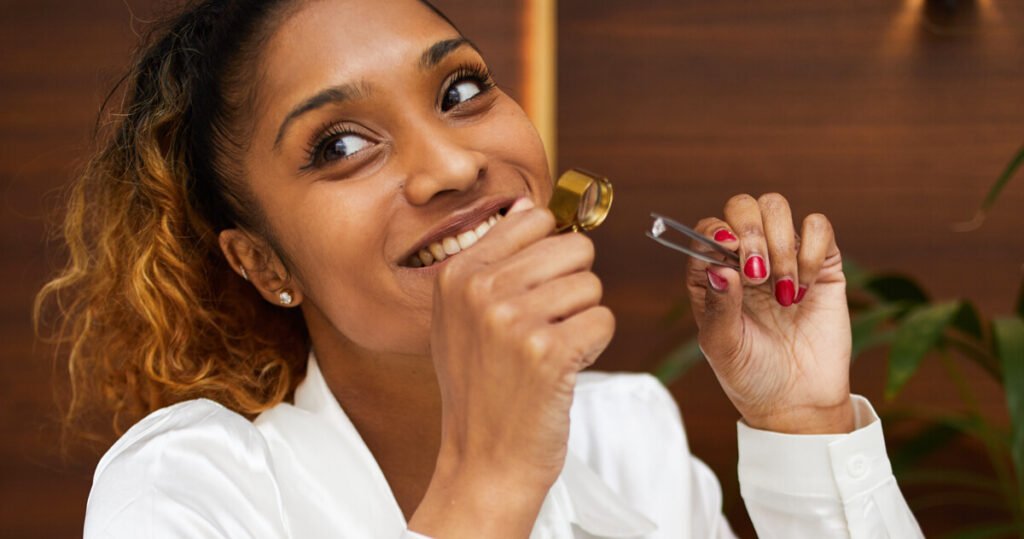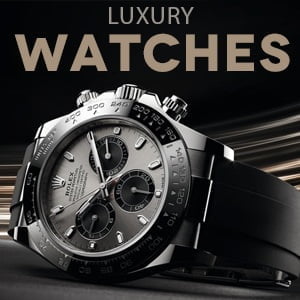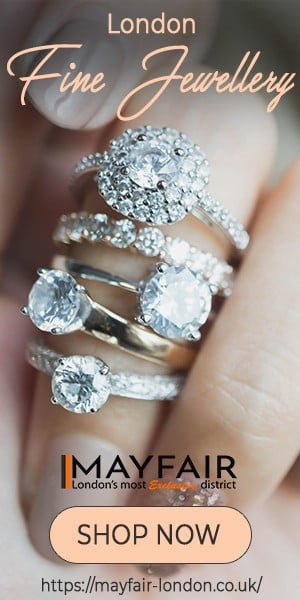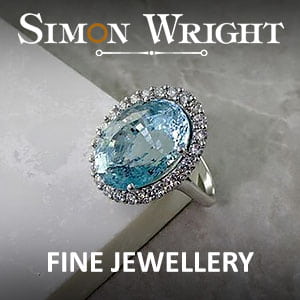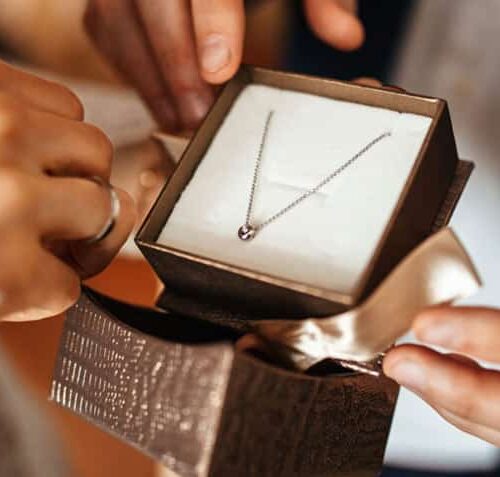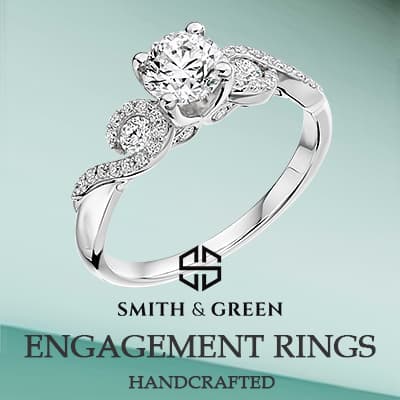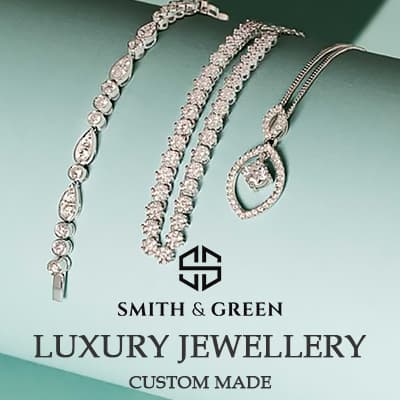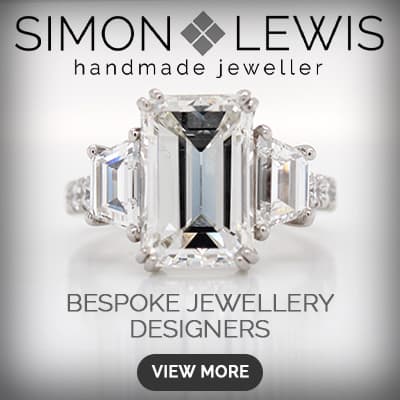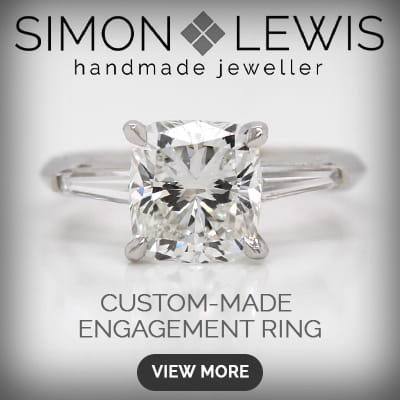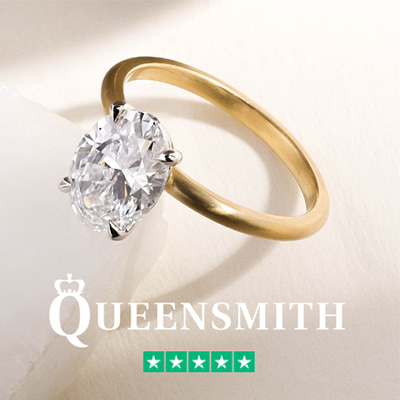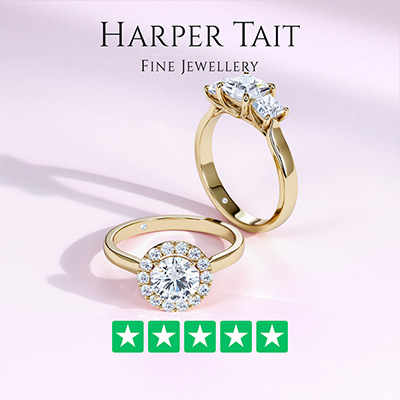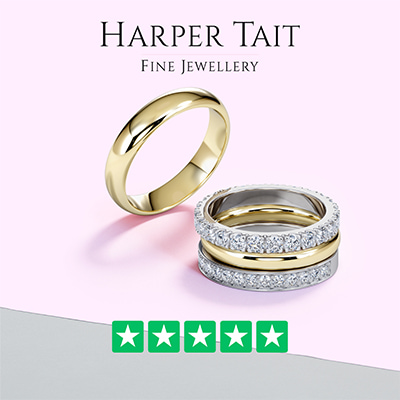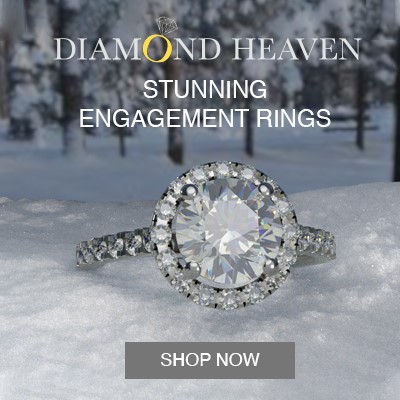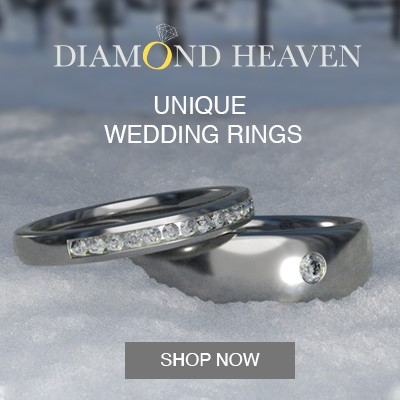Lab diamond rings are rapidly rising in popularity, thanks to their price points and ethical credentials. But is a lab ring the right choice for you and your partner? Discover just how many people are buying lab diamond rings and if they’re anything to be worried about.
How many people buy lab diamond engagement rings?
Around 70% of engagement ring buyers now choose lab grown diamonds, according to leading Hatton Garden jewellers, Queensmith. This figure stood firmly below 1% until 2020, when jewellers noticed the demand for human made diamonds sore – to around 9% at Queensmith. ‘This figure has continued to rise month on month, with lab diamonds now accounting for more than 2 in 3 engagement ring purchases with us’ explained Eddi Norris, Consultant & Director at Queensmith.
‘We have experienced a massive rise in the popularity of lab diamond engagement rings – for some really obvious reasons. The first being that they are typically up to 80% less expensive than natural, mined diamonds despite the fact they are entirely authentic and identical to their natural counterparts.’
As consumers are tightening their belts and seeking out the best deals following the 2020 pandemic and ensuing cost of living increases, lab diamonds seem to offer the perfect solution for couples looking for exceptional quality at prices that suit them.
‘Another huge pull towards lab diamonds are their ethical origins – we know exactly where and how they were made, without any human exploitation or mass land use,’ explained Eddi, ‘The natural diamonds we see in circulation in the UK are almost definitely ethically sourced thanks to the Kimberley Process, which has halted 99.8% of the global production of conflict diamonds. That said, there is huge solace in knowing your lab diamond is 100% ethical.’
Discover more about lab grown engagement rings with information straight from the experts at Queensmith – along with answers to some of the most frequently asked questions on the topic.
Can you tell a natural vs lab diamond ring apart?
You cannot tell a natural and lab diamond apart – they are identical. Even top gemmologists can’t tell you if a diamond is lab grown or natural just by looking at it. There is specialist gemmological equipment that can indicate if a diamond has been grown in a lab – and you will see the word ‘lab’ laser inscribed on a human made diamond, along with its IGI or GIA number. This is microscopic, only visible under 50x magnification.
Can you spot which diamond below is lab grown and which is natural? Learn more about lab vs natural diamonds and find the answer at the end of this article!
So if you’re worried that people will be able to tell your diamond is lab made – it is, essentially, not going to happen. If you’re concerned about keeping the secret from your partner, be realistic about whether they might see the laser inscription at some point in their life. Checking the GIA or IGI number of your diamond is something you should do whenever you drop off or pick up your ring from the jewellers – so it’s very possible your partner will see the laser inscribed word ‘lab’ at some point. But is there really any shame in that?
A difference in origin
The only difference between natural and lab diamonds is how they originated. Natural diamonds are mined from historically volcanic areas, like South Africa, Botswana, Australia and Canada. Deep in the Earth’s mantle, intense heat and pressure causes traces of carbon to crystalise, creating the first seed of diamond. Over 1billion to 3.3billion years later, a diamond is fully formed and brought to the Earth’s crust through kimberlite volcanic eruptions. The last kimberlite eruption is thought to have been 25million years ago, so they aren’t exactly regular!
Take this process and speed it up – only, on the Earth’s surface in a well-equipped diamond laboratory and highly specialised scientists, and that’s pretty much how lab diamonds are made. Scientists have built chambers that simulate the mantle’s intense heat and pressure to produce diamonds through HPHT, and a similar high temperature process involving carbon rich gas, CVD. Growing a lab diamond can take as little as 2 weeks – a snip of the 1billion to 3.3billion years it takes natural diamonds to form.
Increasingly, diamond laboratories are harnessing renewable energy to create their diamonds, including solar power. It requires a lot of energy to make a human-grown diamond, but it is promising to see the process get more and more eco-friendly.
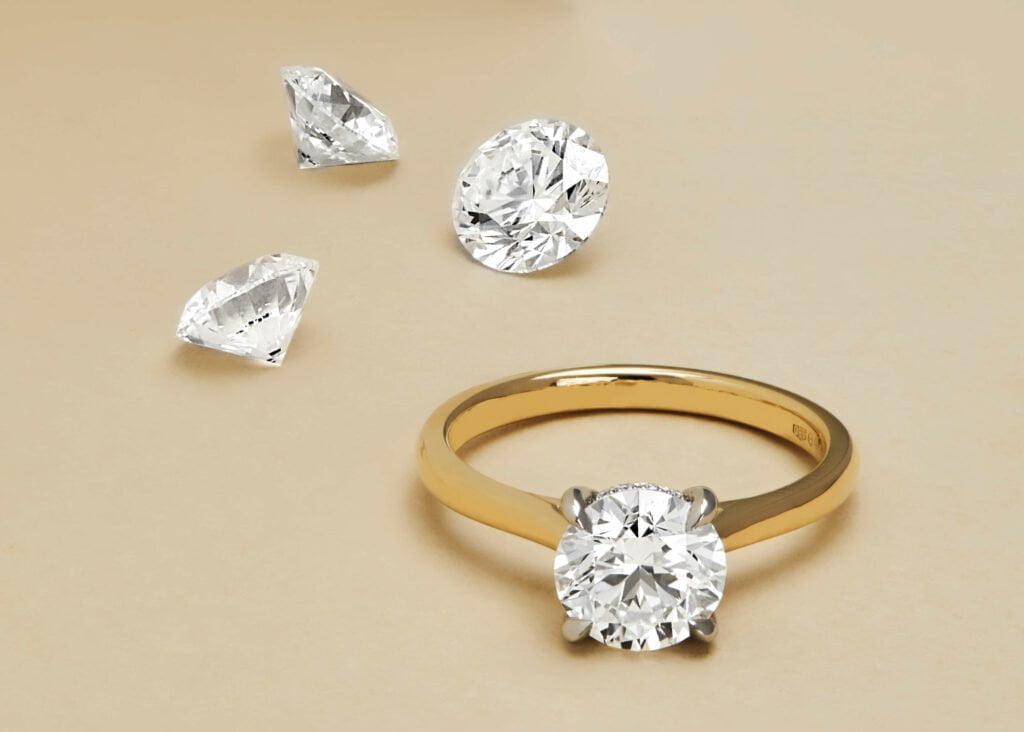
Should I tell my partner their engagement ring is lab grown?
Most people would agree there is no shame in choosing a lab diamond engagement ring. In a 2021 survey conducted by Queensmith, we found that 88% of participants said they’d actually prefer a lab diamond, despite 60% of those asked having never heard of them before.
It is important to note that lab diamonds are identical to natural diamonds, and are considered entirely genuine diamonds – they just got to us via a different route. Sharing this information with your partner may score you some wins; remind them that lab diamonds are more ethical and less costly (therefore allowing you to purchase a bigger diamond for your budget!).
Of course, some people like the romance of a natural diamond, but you know your partner better than anyone. Perhaps you can think of a subtle way to ask their opinion on lab diamonds well before you start ring shopping!
The best styles for your lab diamond engagement ring
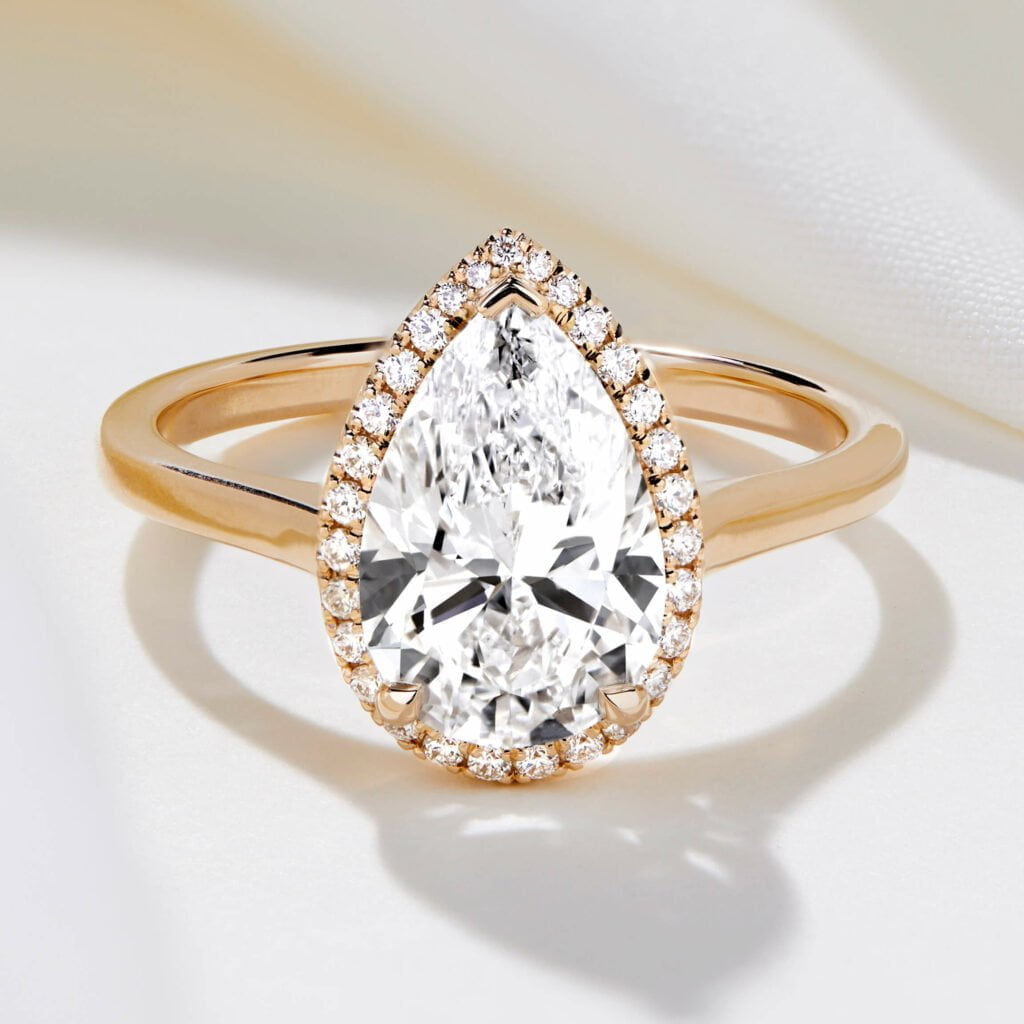
Ovals, marquise and pear diamonds
If you’re considering a lab diamond, maybe it’s because you’ll get more bang for your buck. Maximise the look of your ring with some of the largest looking diamond shapes to get your budget to go even further. Any elongated diamond has more of the carat weight spread over a larger surface, meaning it’ll cover more of your finger. With an elongated lab diamond, that means a big look even for modest budgets!
Solitaire rings
Thanks to the fact you’ll achieve a higher carat weight for your budget with a lab diamond, you may want to let the star of the show do all the talking. If so, a solitaire is the perfect choice: simple and stripped back with no distractions from the beautiful diamond.
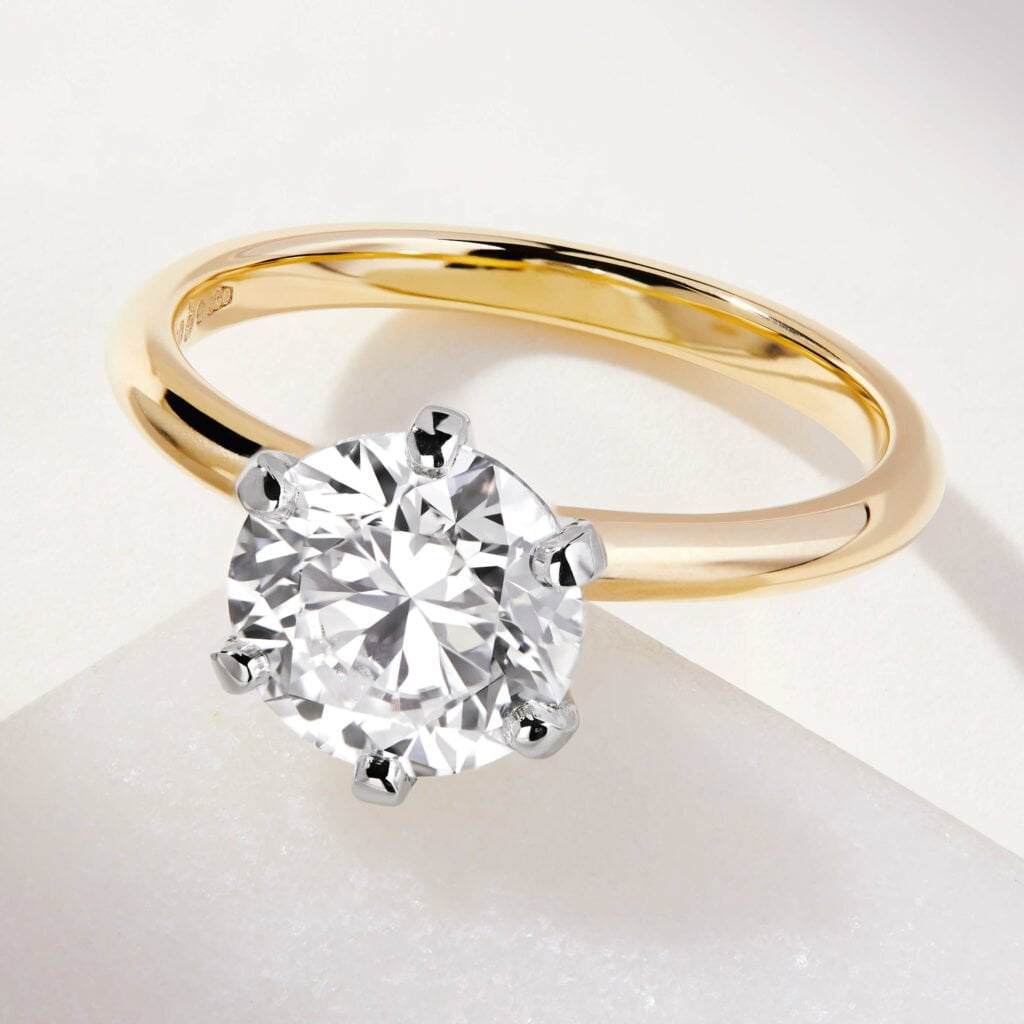
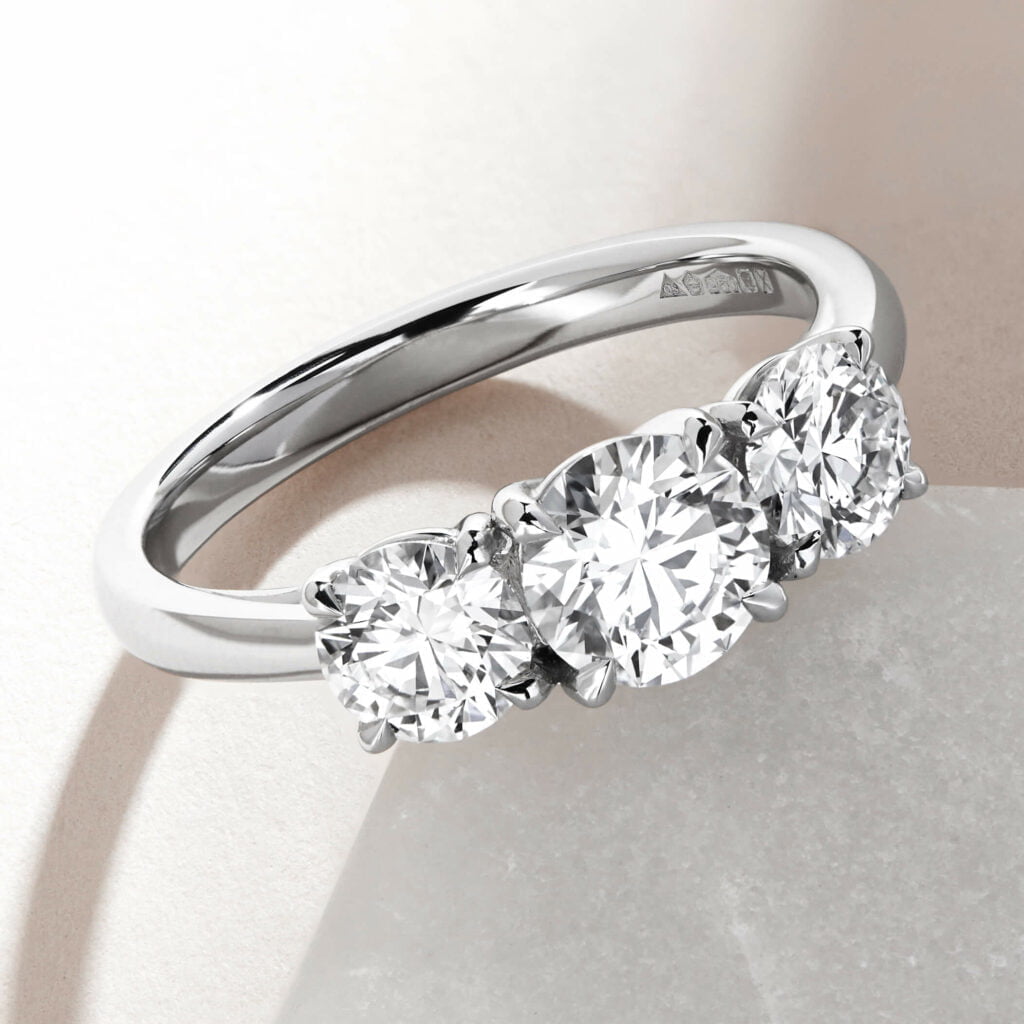
Trilogy rings
Why not show off three beautiful diamonds, with a trilogy engagement ring. This will add sparkle and a notable but classic design flare – stick with traditional styles like round or pear diamond side stones, or baguette cuts for something more geometric.
Emerald cut diamonds
High clarity and colour matters more with emerald cuts, because the large, open facets allow you to see right into the stone. Because your money will go a bit further with a lab diamond, you can afford to amp up that clarity grade for the perfect emerald cut.
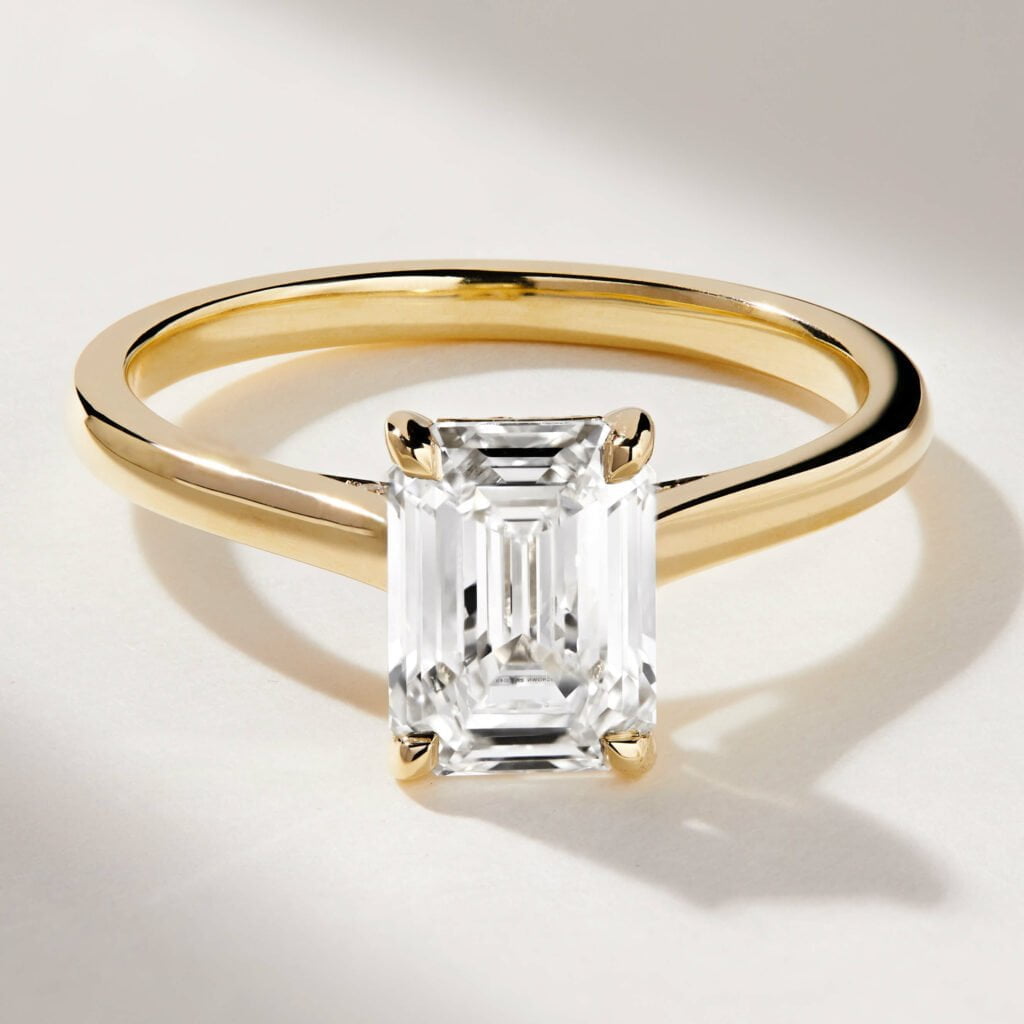
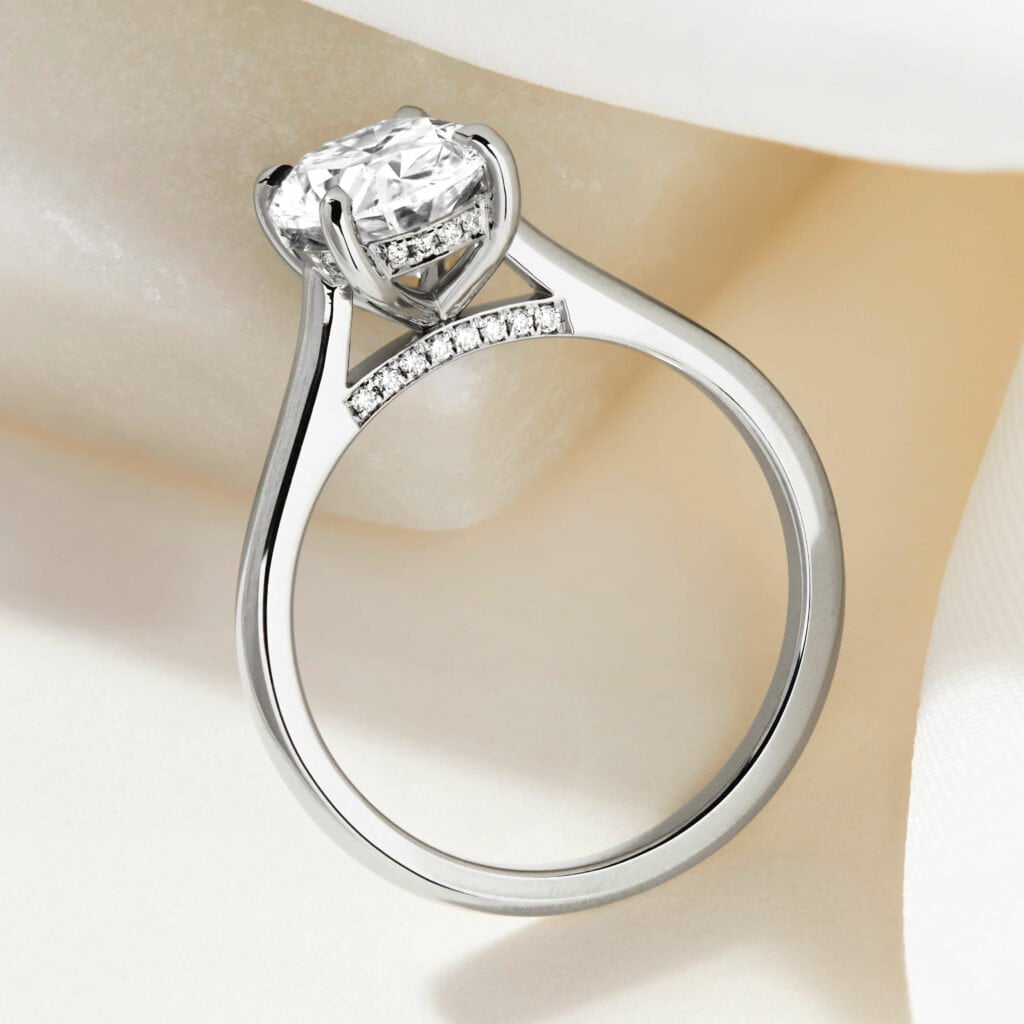
Custom diamond detailing
Hidden halos, diamond set bridges and diamond claws While you may like a subtle design, like a solitaire or a simple diamond band, if can be really beautiful to build on the sparkle with subtle touches like a hidden halo or diamond bezel, diamond set bridge or even diamond set claws. Meet with an expert to see how you can incorporate these details to your favourite design.
Which grades should I choose for my lab engagement ring?
First, choose from only IGI and GIA graded lab diamonds – these are the two most renowned graders in the world, famed for their incredibly rigorous grading processes. This means you won’t overpay for a diamond that doesn’t live up to its grades on paper.
Then, look at Excellent or Ideal cuts for round diamonds (other shapes don’t receive cut grades, but should have equally high symmetry and polish).
Top colour grades ensure a bright, white, icey sparkle – look between D and F colours.
Clarity is usually considered the least important grade, so long as any inclusions in the diamond are too small to see to the naked eye. Our gemmologists suggest VS1 to SI1 for great price vs quality – but as lab diamonds are cheaper, you could look at higher clarity grades like VVS1 and VVS2 without affecting the price too much, although you won’t see much difference in the diamonds!
Make sure the diamonds you finalise have not undergone post-growth treatment, as this can leave lab diamonds milky and hazy. Post growth treatments are used to improve the colour and clarity of diamonds that come out of the growth process a little less beautiful than desired. To avoid this, check the notes section of the diamond’s certificate – it will state ‘as grown’ if it has not had any treatment and was beautiful enough upon creation!
If you need a hand, book an appointment with an expert and have them source a range of lab diamonds, specifically for you, your budget, and your desired diamond shape. You could even ask them to show you a side-by-side comparison of lab and natural diamonds to see if this impacts your decision.
(Answer: the lab diamond is on the right)
